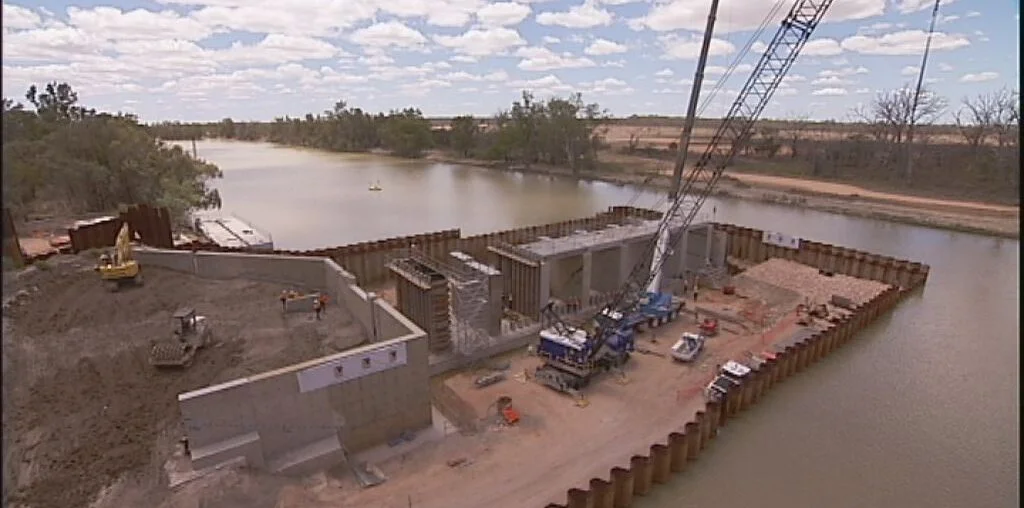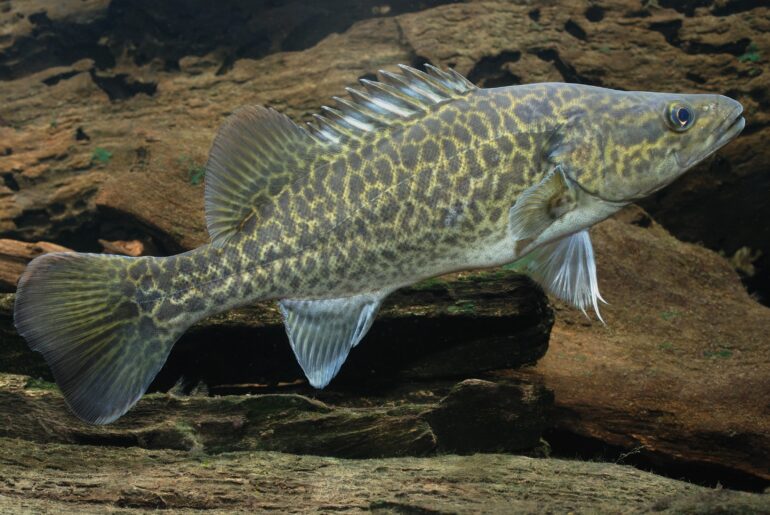The Chowilla floodplain is a complex of perennial and ephemeral creeks, backwaters, billabongs and lakes that is listed under the Ramsar Convention and contains significant River red gum and Black box woodlands. It is anabranch system is the largest area of undeveloped floodplain in the lower River Murray and provides unique flowing water habitats that support regionally significant populations of native fish such as Murray cod and Golden perch.

Prompted by the recent ‘Millenium drought’, there has been a considerable increase in the construction of floodplain infrastructure that can be used to hold water on floodplains in an attempt to improve the condition of vegetation. In order to ‘water’ the existing areas of River red gum and Black box, a large (79 m wide, 3 m high) regulator is being constructed on lower Chowilla Creek to artificially inundate the floodplain. Its period of operation will directly overlap with the major season for native fish spawning.
While impounding water on the floodplain may benefit some plants and other biota, the benefits for fish are less certain. Impounded water is not the same as a floodwater and it poses considerable risks for fishes; especially for Murray cod and Freshwater catfish but also Golden perch and Silver perch. There is also a high risk of proliferation of Common carp by providing habitats that they prefer and an increased likelihood of poor water quality or blackwater.

The use of environmental works and measures projects such as regulators to artificially inundate floodplains, has never been undertaken on this scale before and should be recognized as large-scale experiments that pose risks to fish populations. Therefore what happens when they are operational needs to be carefully evaluated both at the local site and across broader spatial scales Failure to do so may result in long term consequences for fish populations in the Murray-Darling Basin.
The risks of these works are based on the following reports and while these are particular to Chowilla, the principles will apply to other sites with similar planned actions.



